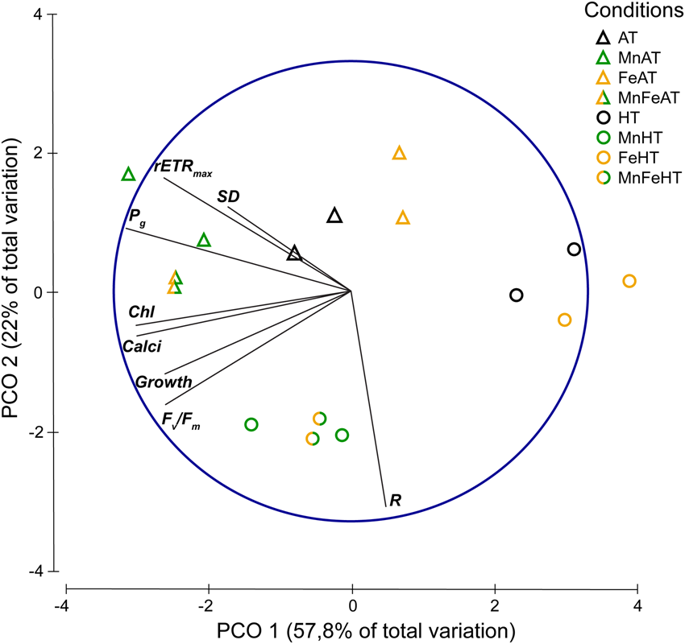- Joined
- Apr 12, 2016
- Messages
- 1,873
- Reaction score
- 364
I just made alk supplement of 500gms of Sodium Carbonate with total water volume of 5.067 liters.1ml of the kH+ = 2.8 kH and includes 0,001 ml of the Mo for 0.1 ppb. There are no guidelines and this is an experimental amount based on balling.
So how doni calculate the dose?




















